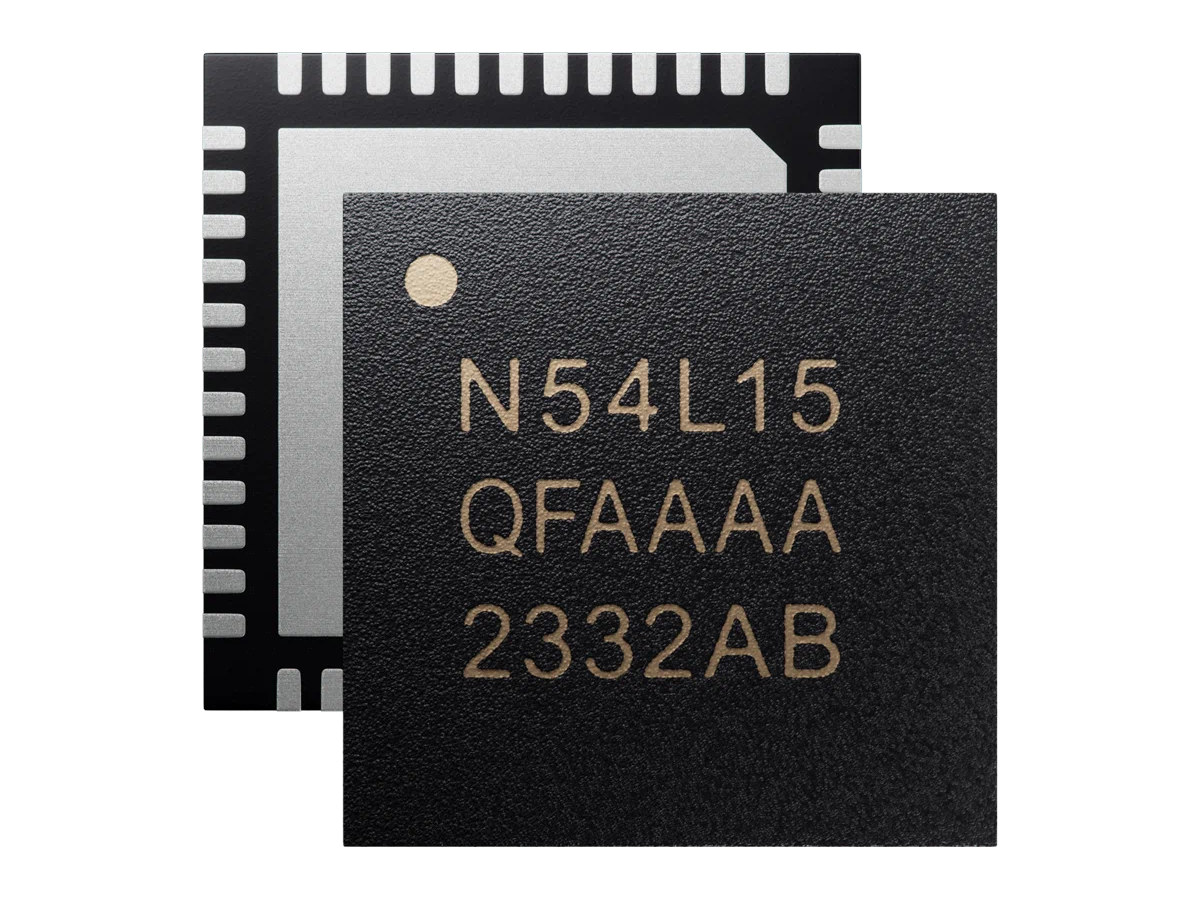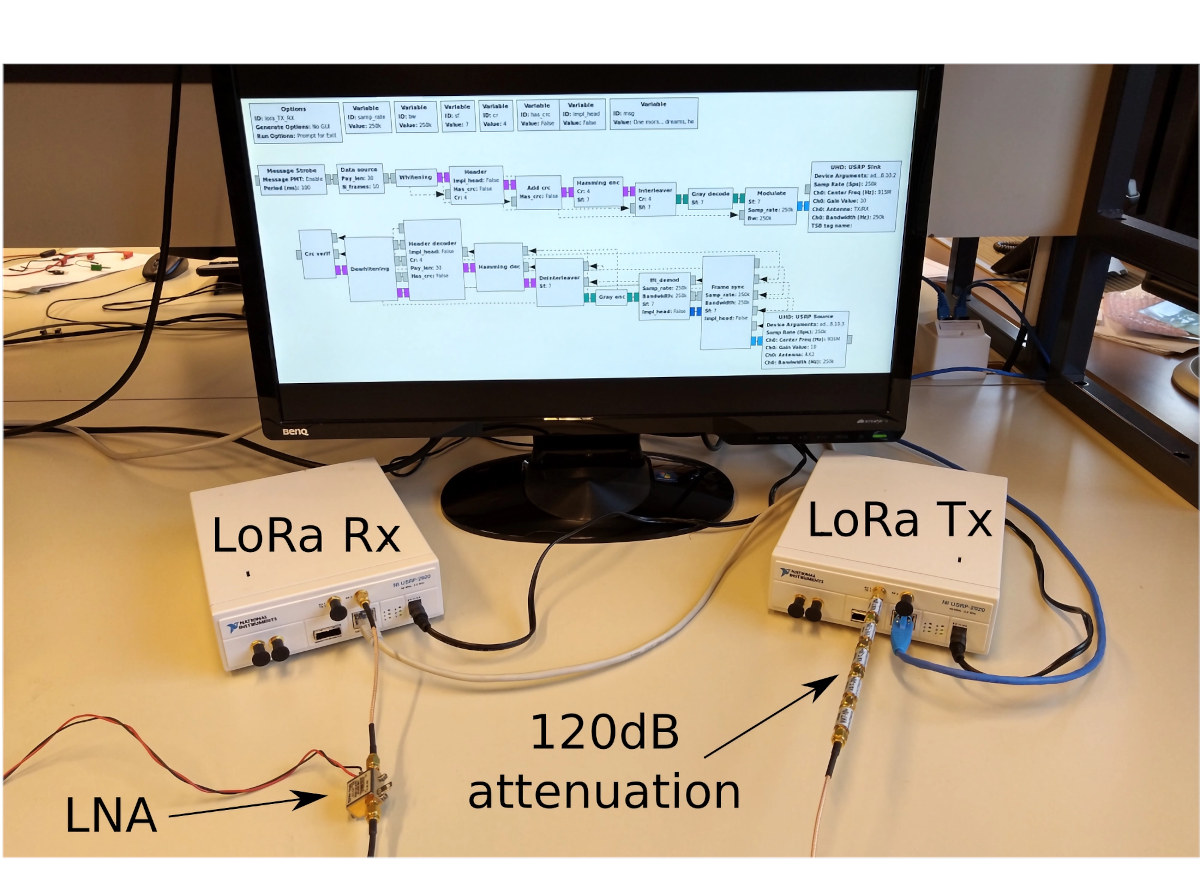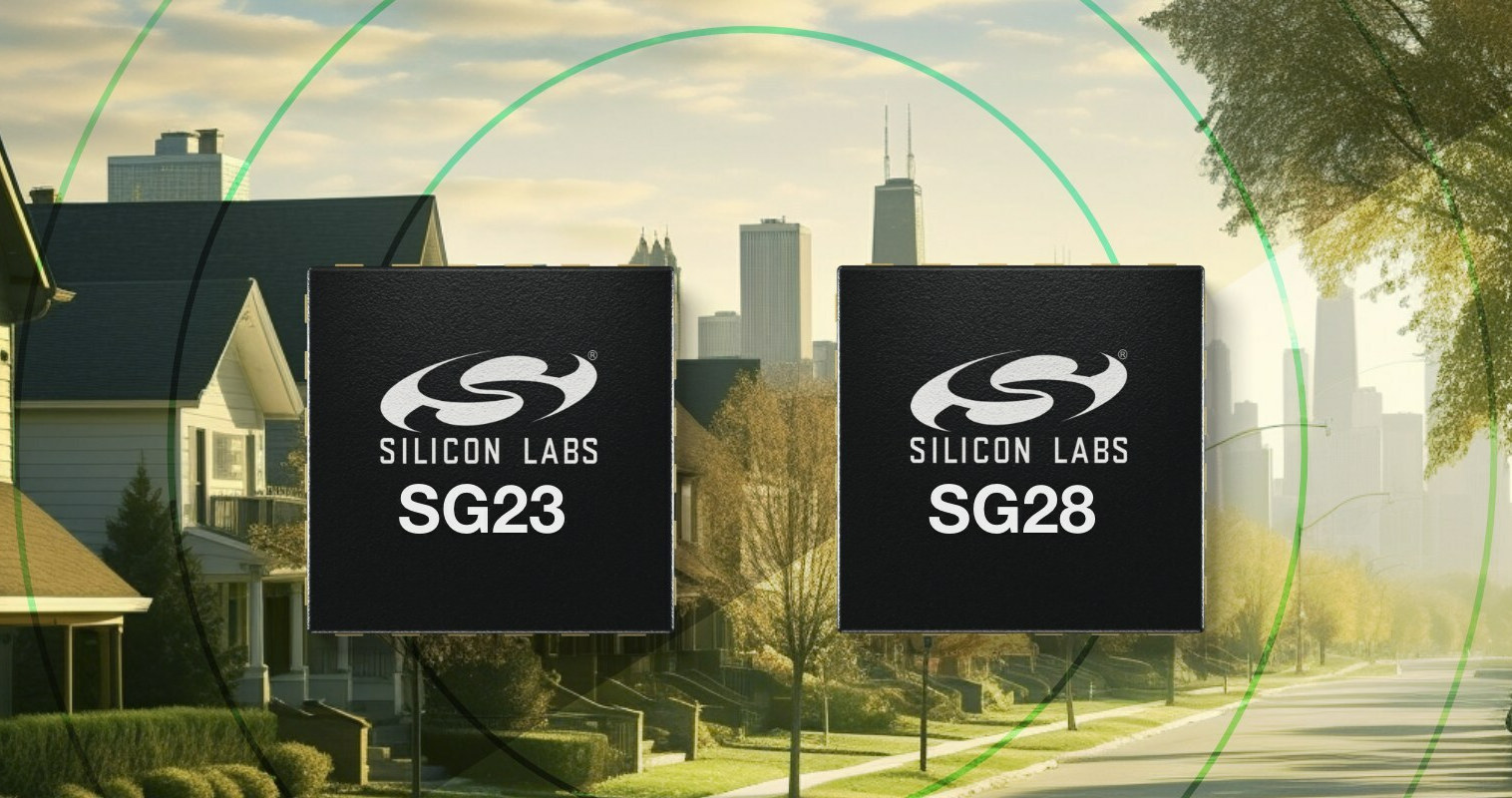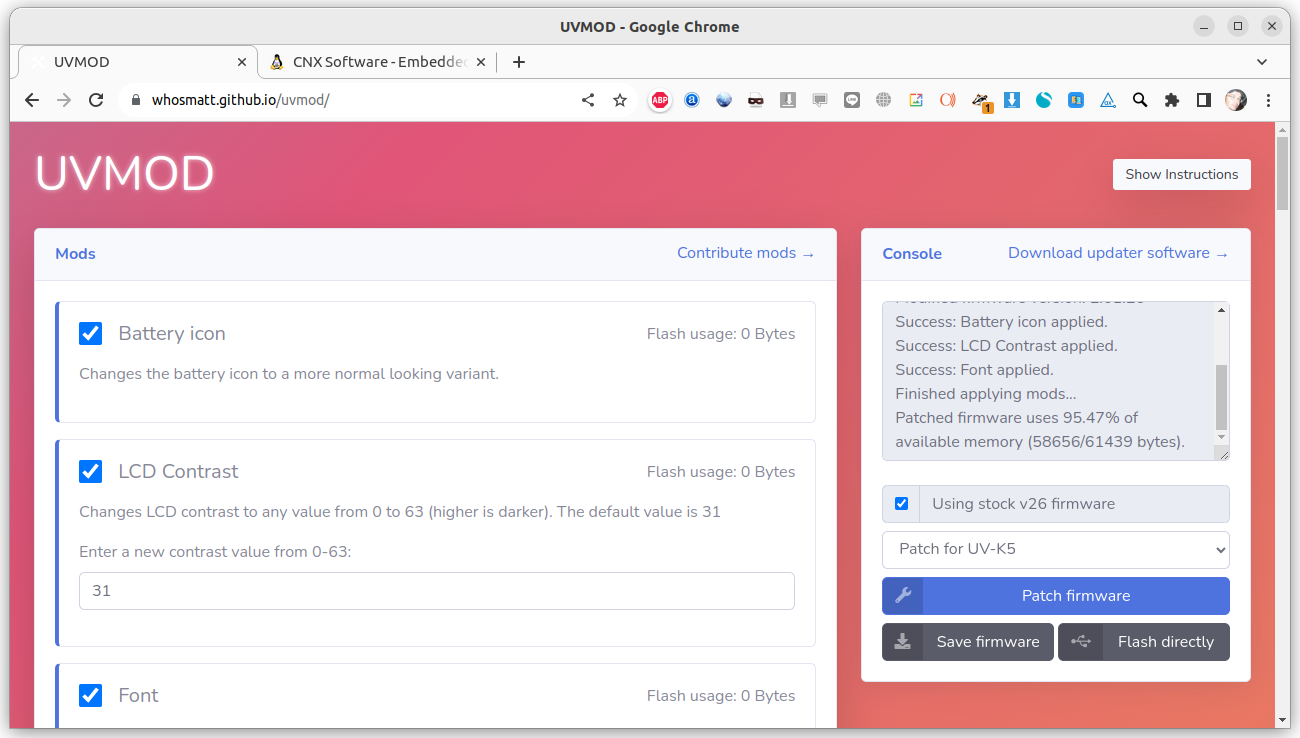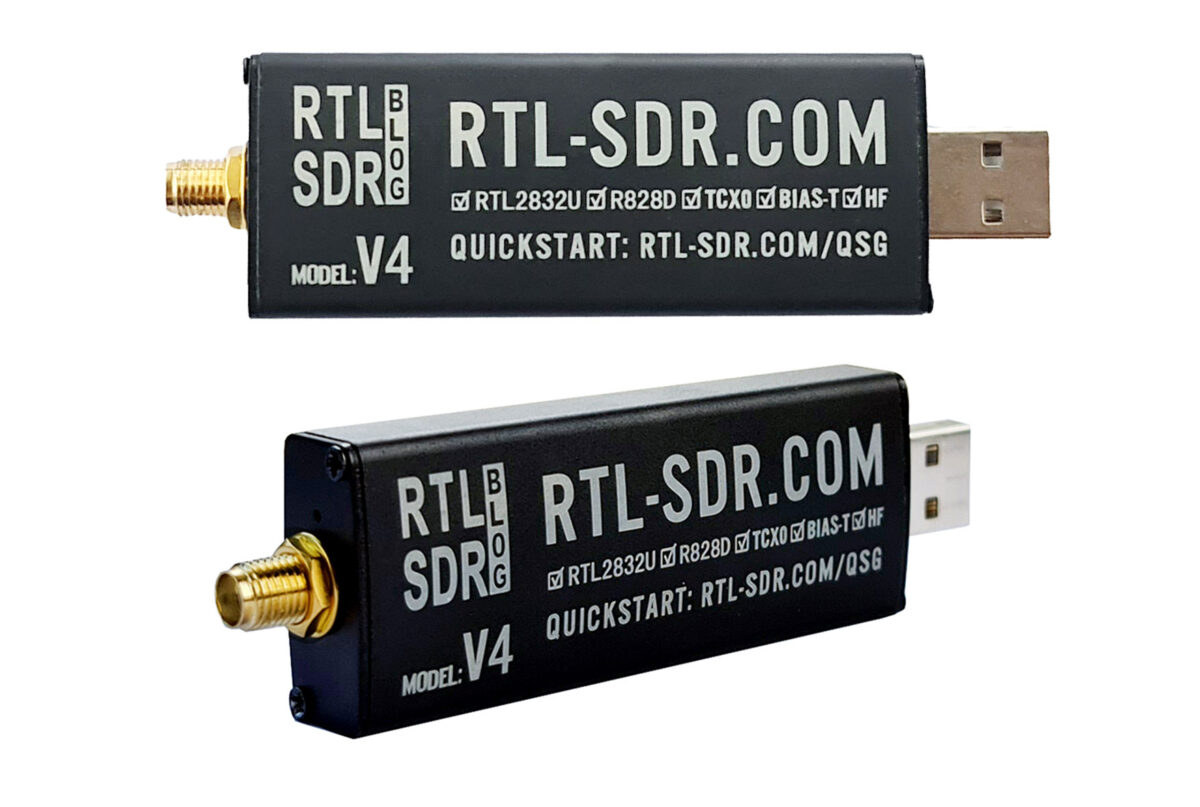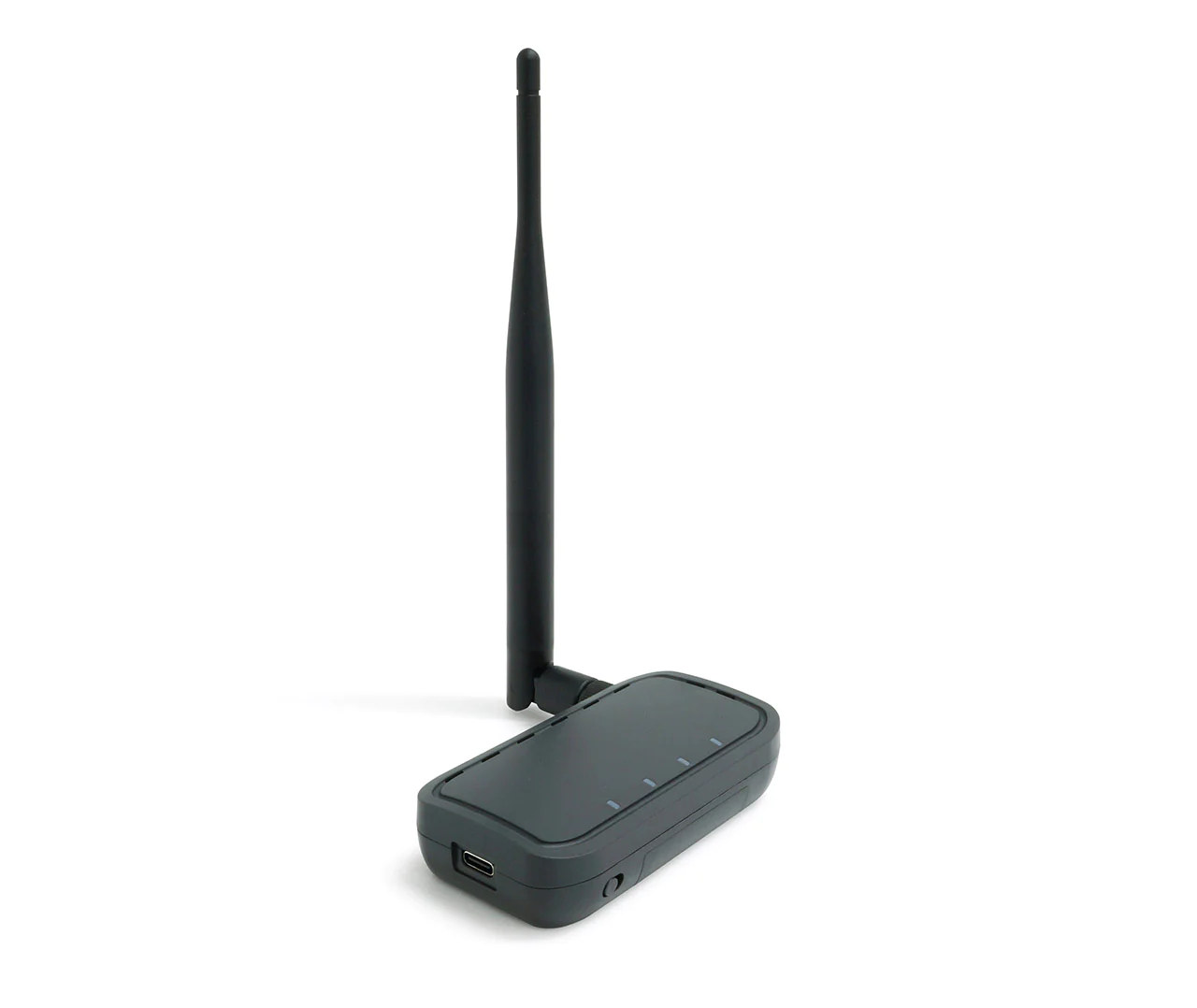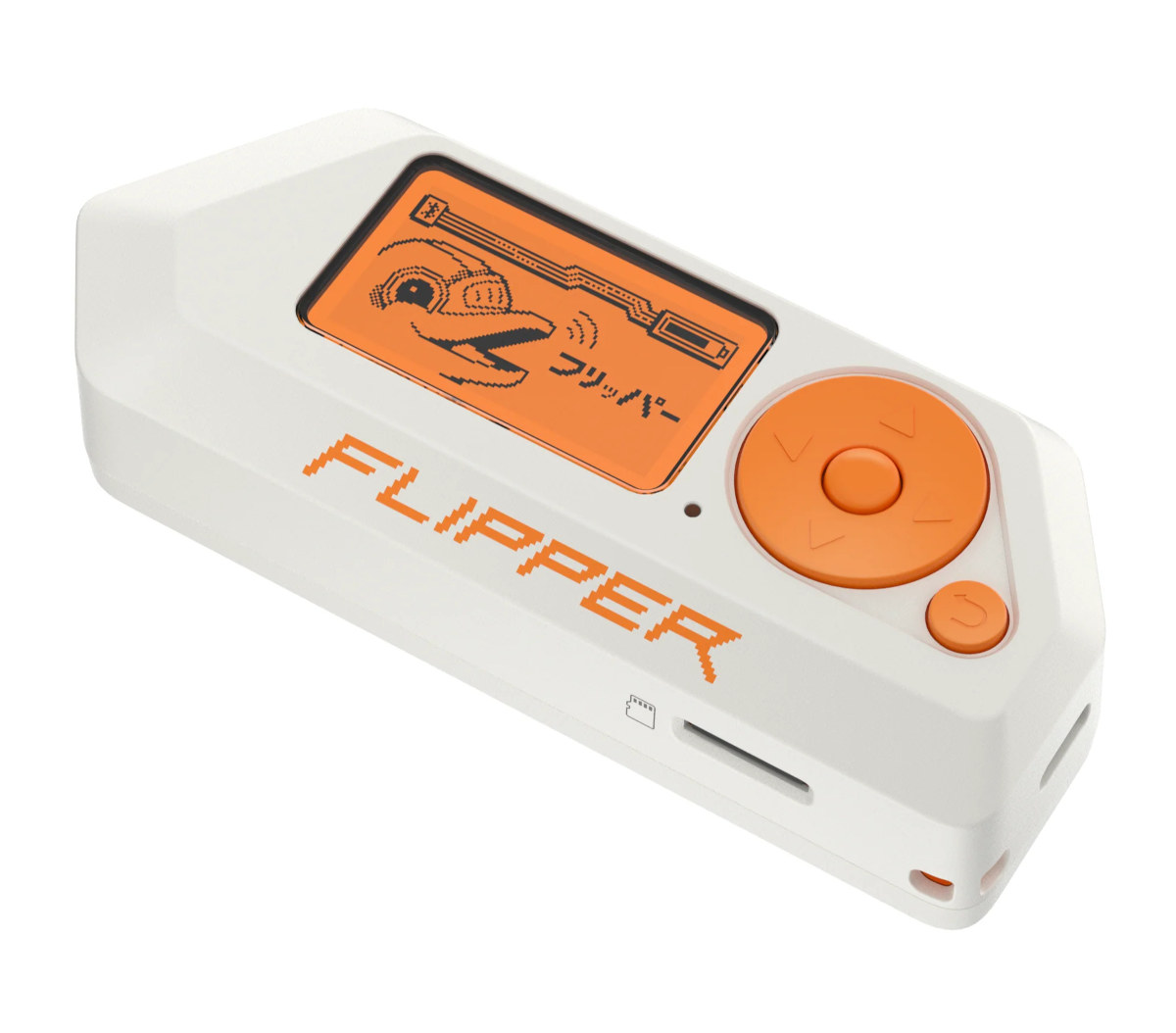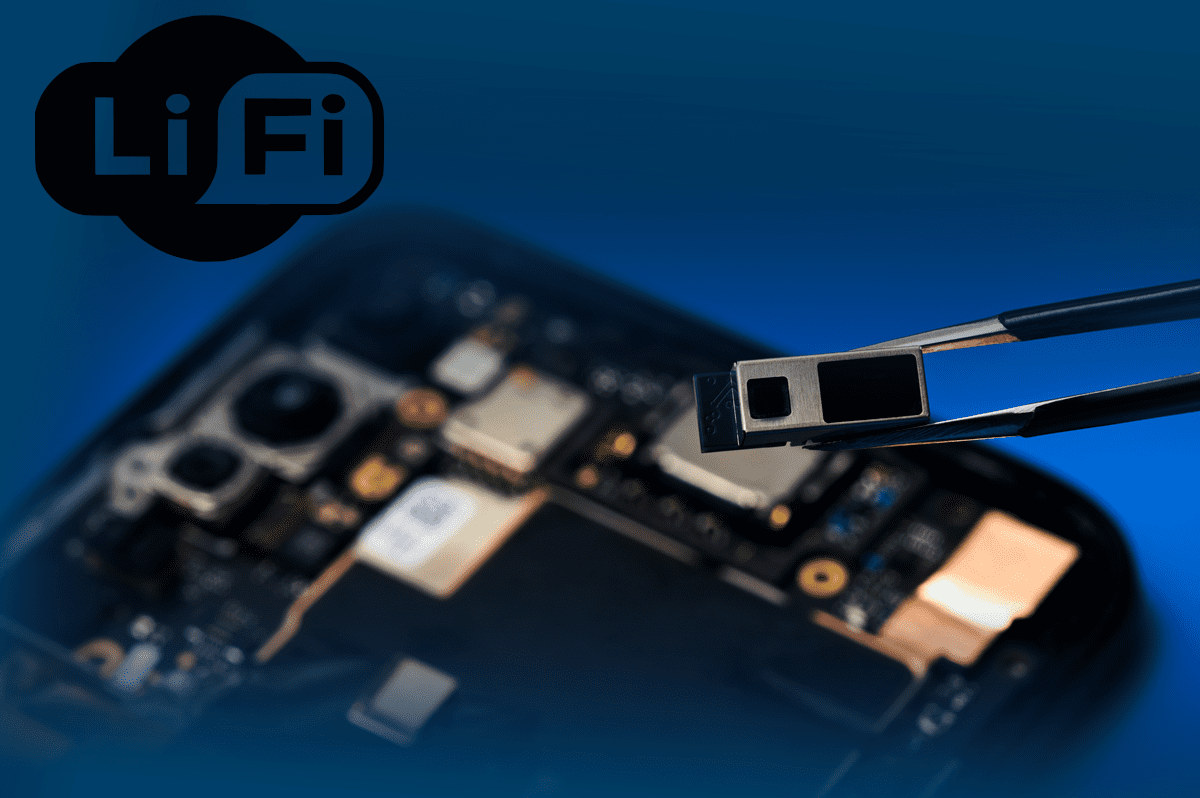Nordic Semiconductor has recently unveiled the 128 MHz nRF54L15 Cortex-M33 multi-protocol wireless microcontroller, the first from the nRF54L Series, and the second from the wider nRF54 family after the more powerful 320 MHz nRF54H20 dual-core Cortex-M33 MCU was introduced last Spring. While the nRF54H20 was designed to enable new types of IoT devices with a leap in performance and lots of resources with up to 2 MB flash and 1MB SRAM, the new nRF54L15 aims to be an upgrade to the nRF52 series with twice the performance and much better power efficiency, with for instance, half the Rx power consumption over its predecessor. Nordic Semi nRF54L15 key features and specifications: CPU Arm Cortex-M33 @ up to 128 MHz with up to 1.5 MB Flash + 256 KB SRAM RISC-V coprocessor for “software-defined peripheral” Wireless Bluetooth 5.4 LE with direction-finding, Bluetooth mesh, etc… Ready for future Bluetooth releases 802.15.4 radio for […]
gr-lora_sdr – A GNU Radio SDR implementation of a LoRa transceiver
The physical layer of the LoRa (LoRa PHY) is a proprietary standard owned by Semtech and people have been trying to reverse-engineer the LoRa standard for years with projects such as GR-LoRa, and over the year various people have taken over the works and new projects have come with the latest one being the gr-lora_sdr GNU Radio software-defined radio (SDR) implementation of a LoRa transceiver. The project has been conducted in collaboration with the Telecommunication Circuits Laboratory of the EPFL (École Polytechnique Fédérale de Lausanne) in Switzerland, and gr-lora_sdr is available as a module for GNU Radio 3.10 with both Tx and Rx implemented so it can be used with hardware compatible with GNU Radio that works in the ISM bands for LoRa (e.g. 433 MHz, 868 MHz, 915 MHz). Highlights of the gr-lora_sdr project: Sends and receives LoRa packets between USRP-USRP and USRP-commercial LoRa transceiver (tested with Adafruit Feather […]
Silicon Labs SG23 and SG28 SoCs are optimized for Amazon Sidewalk
Silicon Labs has launched two new Cortex-M33 SoCs optimized for Amazon Sidewalk with the EFR32SG23 (SG23) Sub-GHz wireless SoC and the EFR32SG28 (SG28) dual-band wireless SoC with Sub-GHz and Bluetooth LE. Both low-power SoCs are designed for “Internet of Things” applications in smart homes, security, lighting, building automation, and metering and come with a Matrix Vector Processor to enable AI/ML implementation for Smart End Nodes. Silicon Labs SG28 (EFR32SG28) specifications: MCU core – Arm Cortex-M33 @ 78 MHz with DSP instructions and FPU On-chip memory – Up to 256 kB RAM data memory On-chip storage – Up to 1024 kB flash program memory AI accelerator – Matrix Vector Processor for AI/ML acceleration Wireless Sub-GHz radio TX power up to +20 dBm Rx sensitivity – -98.6 dBm sensitivity @ 50 kbps 915 MHz 2GFSK 2.4 GHz BLE radio – TX power up to +10 dBm Protocol – Amazon Sidewalk Energy consumption […]
Quansheng multiband radios’ firmware can be flashed and customized from a web browser
We’ve recently written about the Quansheng UV-K5 multiband radio which supports experimental firmware to work in a wider 18 MHz – 1300 MHz frequency range than with the stock firmware so it can be used for amateur radio, air traffic control, Citizens Band (CB) radio, and other fun stuff. But flashing the firmware requires downloading the manufacturer’s Windows-only programming software and customizations are provided through multiple firmware files. But it has now become much easier to flash the firmware for Quansheng devices thanks to the work of whosmatt who developed the UVMOD web interface using WebSerial to flash the firmware and even customize it from Windows or Linux. The interface supports Quansheng UV-K5, UV-K6, UV-K5(8), and UV-5R Plus handheld radios, and you’ll need a web browser that supports the WebSerial API to flash the firmware directly from the web browser directly, which means only the desktop versions of Chrome, Edge, […]
RTL-SDR Blog V4 dongle launched with Rafeal R828D tuner chip
RTL-SDR has just launched the RTL-SDR Blog V4 dongle for software-defined radio (SDR) enthusiasts based on the Rafael R828D tuner chip with three switchable inputs instead of the R860 chip used in RTL-DSR Blog V3 dongle. The new model still features the Realtek RTL2832U demodulator found in all previous versions of the SDR USB dongles but adds basic input filtering, integrates an improved LDO for the power circuity leading to fewer heat emissions, and improves HF reception thanks to a built-in upconverter. The main RTL-SDR Blog V4 dongle improvements include: Improved HF Reception thanks to a built-in upconverter instead of using a direct sampling circuit. Some positive consequences are that there’s no more Nyquist folding of signals around 14.4 MHz, improved sensitivity, and adjustable gain on HF. Improved filtering thanks to the three inputs of the R828D tuner chip found in the V4 dongle. Three bands (HF, VHF, and UHF) […]
ALFA Network HaLow-U – An 802.11ah WiFi HaLow USB adapter supporting AP and STA mode
ALFA Network HaLow-U is an 802.11ah WiFi HaLow USB adapter based on the Newracom NRC7292 chipset and NXP i.MX 6 processor that works both in access point (AP) and client (STA) modes. It delivers long-range WiFi up to one kilometer in the 900 MHz frequency ISM bands and is mostly useful for IP cameras and high-end sensors. The ecosystem around WiFi HaLow (802.11ah) is expanding slowly, but surely, and we previously covered a mini PCIe card, a WiFi HaLow development board, and a gateway kit to extend the range of IP cameras, and also ALFA Network’s AHPI7292S Raspberry Pi HAT that found its way into RAKWireless WisGate Connect gateway. The new HaLow-U USB adapter adds another way to bring WiFi HaLow connectivity to more devices. HaLow-U specifications: SoC – NXP i.MX6 Arm Cortex-A9 processor System Memory – 256MB DDR3 Storage – 32MB NOR flash Connectivity 802.11ah HaLow Newracom NRC7292 chipset […]
Flipper Zero hardware & wireless hacking tool gets an app “store” with open-source app
Flipper Zero portable multi-tool for pentesters and hardware hackers has now gotten an app “store” with currently around 100 free and open-source apps available through the device’s Android or iOS app. I missed it at the time, but the Flipper Zero launched on Kickstarter in July 2020 and was massively popular with close to 5 million dollars raised from almost 38,000 backers. The tool looks like a toy but it allows hacking with GPIOs and short-range wireless protocols such as Bluetooth, RFID, NFC, and infrared. Flipper Zero specifications: Wireless MCU – STMicro STM32WB55RG with Arm Cortex-M4 application core @ 64 MHz, Arm Cortex-M0+ network core @ 32 MHz, 1024 KB flash, 256KB SRAM Storage – MicroSD card slot up to 64GB Display – 1.4-inch monochrome LCD (black on orange background) with 128×64 resolution via ST7565R SPI display controller Connectivity Bluetooth 5 LE & 802.15.4 via STM32WB55 microcontroller Bluetooth LE – […]
LiFi 802.11bb standard uses light for in-room data transmission up to 224GB/s
The 802.11bb WiFi-like standard, also called LiFi, was ratified in June 2023. It enables data transmission up to 224GB/s at a few meters range within a room using light instead of RF signals used in most other wireless standards. The technology has been worked on for many years, and we first covered (a version of) LiFi in 2014 that was still part of the IEEE 802.15 standard with speeds up to 1 Gbps. But the Light Communications 802.11bb Task Group was only formed in 2018 chaired by pureLiFi and supported by Fraunhofer HHI, and led to be ratification of the IEEE 802.11bb standard last month. In a typical LiFi setup, you’d have a LiFi-capable router connected to your local network and the Internet, a LiFi-enabled light bulb on a ceiling, and one or more LiFi receivers. From the end-user perspective, it would work like accessing a WiFi access point. We’re […]


